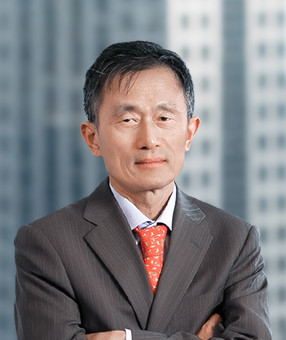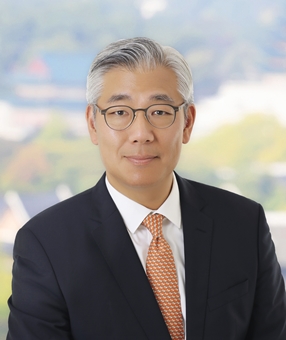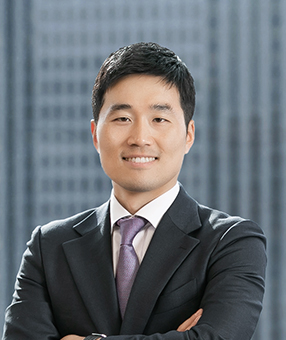The Labor Standards Act (“LSA”) is Korea’s fundamental law regulating the minimum working conditions for employees and prescribing the basic legal framework for employment relationship between employers and employees, including the rigorous “just cause” termination standard. The LSA sets out the scope of its applicability in Article 11, stating that it applies to all businesses or workplaces in which at least five employees are regularly employed. As such, the concept of “number of employees regularly employed in a business or workplace” is a critical factor in determining whether the employee protection measures of the LSA would apply.
Through two decisions issued on October 25, 2024, the Supreme Court laid out specific standards to determine the scope of a “business or workplace” to which the LSA will apply.
|
1. |
Supreme Court Decision 2023Du46074, October 25, 2024 |
-
The construct of a “business or workplace” should be limited to social/economic units that are identical in substance and to which the various regulations pertaining to an employment relationship can uniformly apply. Therefore, the concept of a “business or workplace” under Article 11 of the LSA should be limited to businesses and workplaces within Korea.
-
Unless there are exceptional circumstances, the employees of overseas employers in foreign jurisdictions should be governed by the employment laws of their respective jurisdictions. As such, foreign employees who are not governed by the LSA in the first place should not be counted into its headcount threshold.
|
2. |
Supreme Court Decision 2023Du57876, October 25, 2024 |
-
Generally, two legal entities that are separate and independent from each other cannot be viewed as one business or workplace.
-
However, an exception to this is if the relationship between two legal entities goes beyond the typical level of cooperation between companies or control between parent/affiliate/subsidiary entities to the point they can be viewed as an identical social/economic unit that is organically connected and managed as a single unit.
-
The following points should be comprehensively considered in determining whether multiple entities can be treated as one business or workplace: (i) whether the type, characteristic, purpose, method, and location of work are identical; (ii) whether the HR function, such as hiring, work instructions, determining working conditions, and terminations of each entity is performed independently or uniformly decided across the board for all entities by the same management team; and (iii) whether each entity’s business operation is intertwined and their personnel or organizational structure, finance, and accounting are managed in close relation to pursue a single business objective.
These decisions marked the first occasion in which the Supreme Court explicitly set out detailed standards for determining the number of employees regularly employed by (i) a foreign entity hiring employees in Korea; and (ii) multiple entities that have close business interactions with each other.










